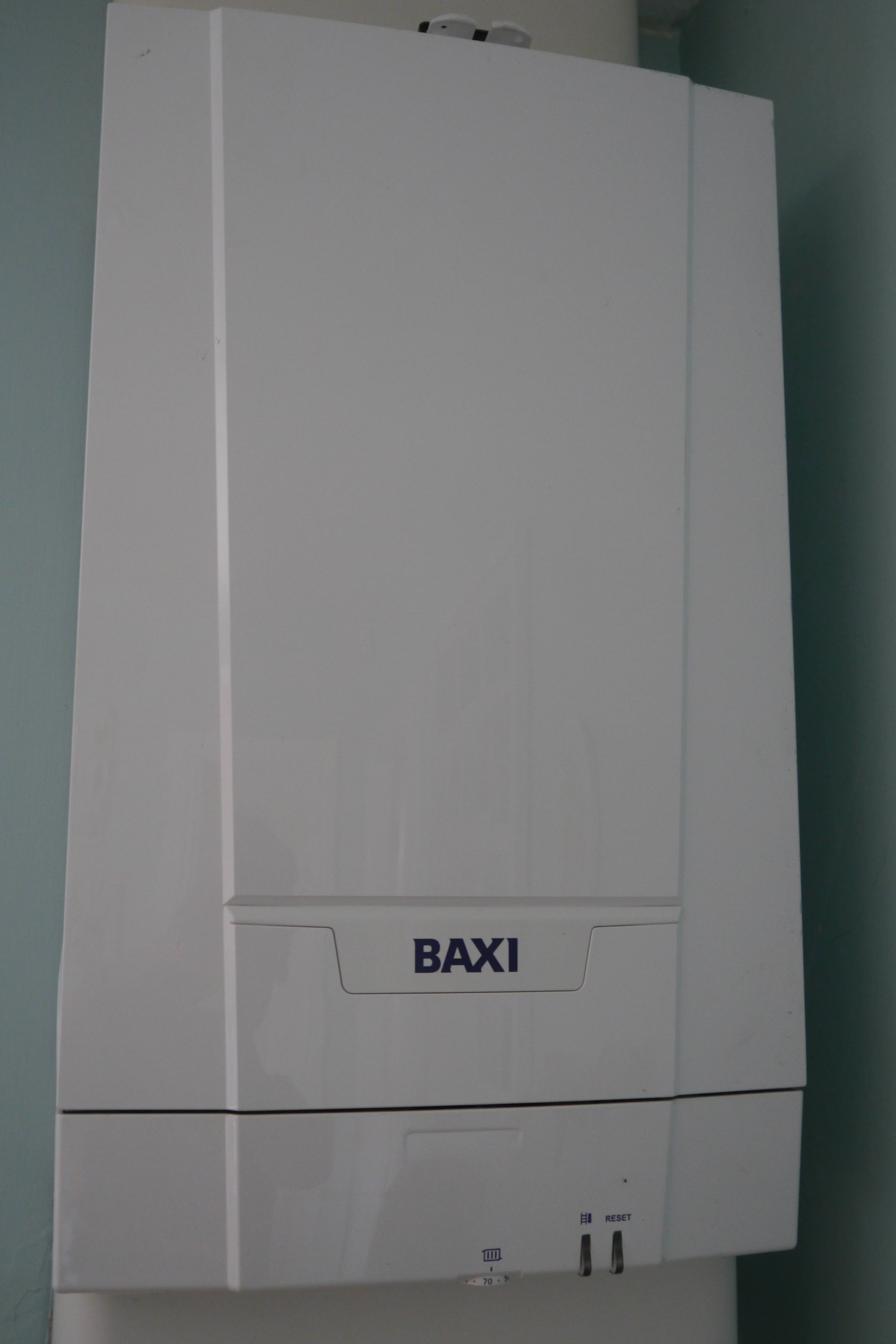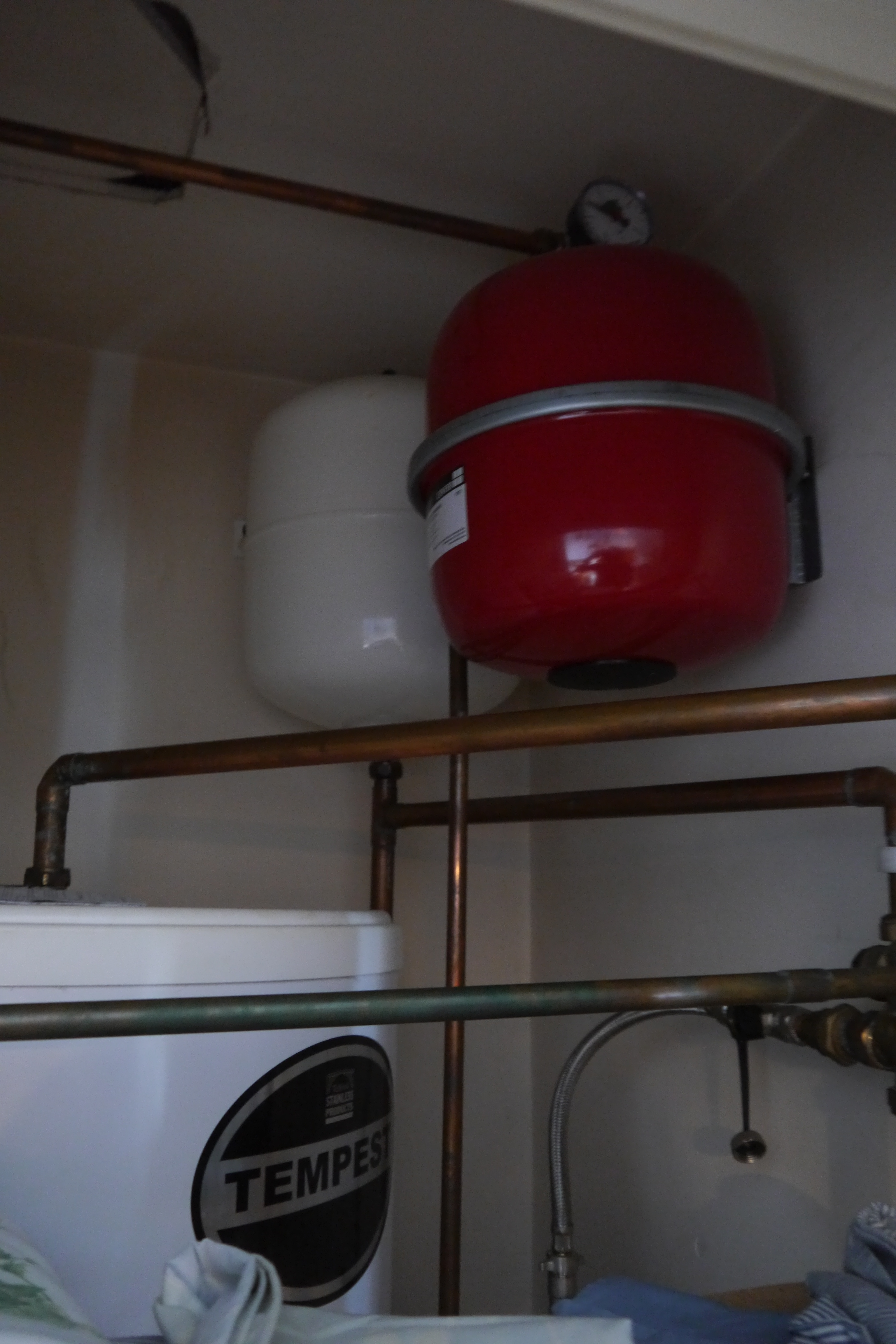We'd like to remind Forumites to please avoid political debate on the Forum... Read More »
📨 Have you signed up to the Forum's new Email Digest yet? Get a selection of trending threads sent straight to your inbox daily, weekly or monthly!
damp stained lounge carpet - concrete floor
Comments
-
My apologies, hh. I'd asked previously if your boiler had a gauge, and I was reminding you of this in my incredibly funny mannerhomerhotspur said:whaThisIsWeird said:Are you sure it's a solid concrete floor, or could it be a suspended concrete type? The latter certainly shouldn't have DPM issues as it won't have one. As I understand.
Looking more like a leaking CH. Does your boiler have a whatsit?what is a whatsit?
Others have explained the reasoning. Your system sounds a bit different. It would appear to be a pressurised hot cylinder, but not obviously a pressurised boiler/central heating system, as the boiler itself doesn't appear to have a pressure gauge. However, there then appears to be multiple pressure vessels fitted.
We need to get to basics.
1) Make and model of the boiler? A photo would be useful too.
2) Does your downstairs have wall-mounted radiators, or underfloor heating?
3) have you had to 'top up' anything in your boiler/ch system this year?0 -
Yes, that's what I meant. Where does the DPM go?grumbler said:
Do you mean beam&block? If so, it it does have a DPM.ThisIsWeird said:Are you sure it's a solid concrete floor, or could it be a suspended concrete type? The latter certainly shouldn't have DPM issues as it won't have one. As I understand.0 -
1) Baxi eco blue advanceThisIsWeird said:
My apologies, hh. I'd asked previously if your boiler had a gauge, and I was reminding you of this in my incredibly funny mannerhomerhotspur said:whaThisIsWeird said:Are you sure it's a solid concrete floor, or could it be a suspended concrete type? The latter certainly shouldn't have DPM issues as it won't have one. As I understand.
Looking more like a leaking CH. Does your boiler have a whatsit?what is a whatsit?
Others have explained the reasoning. Your system sounds a bit different. It would appear to be a pressurised hot cylinder, but not obviously a pressurised boiler/central heating system, as the boiler itself doesn't appear to have a pressure gauge. However, there then appears to be multiple pressure vessels fitted.
We need to get to basics.
1) Make and model of the boiler? A photo would be useful too.
2) Does your downstairs have wall-mounted radiators, or underfloor heating?
3) have you had to 'top up' anything in your boiler/ch system this year?
2) Wall mounted radiators
3) No
I was shown how to top up the pressure when the boiler and cylinders were fitted, so that is definitely a thing with this set up.1 -
photos of boiler and cylinder, expansion tanks and pressure gauge

 0
0 -
ThisIsWeird said:
Yes, that's what I meant. Where does the DPM go?grumbler said:
Do you mean beam&block? If so, it it does have a DPM.ThisIsWeird said:Are you sure it's a solid concrete floor, or could it be a suspended concrete type? The latter certainly shouldn't have DPM issues as it won't have one. As I understand.
bBetween the blocks and the insulation. Also some membrane usually goes on top of the insulation to protect the foil from the screed, but it doesn't have to be a proper DPM.1 -
Thanks.homerhotspur said:
1) Baxi eco blue advanceThisIsWeird said:
My apologies, hh. I'd asked previously if your boiler had a gauge, and I was reminding you of this in my incredibly funny mannerhomerhotspur said:whaThisIsWeird said:Are you sure it's a solid concrete floor, or could it be a suspended concrete type? The latter certainly shouldn't have DPM issues as it won't have one. As I understand.
Looking more like a leaking CH. Does your boiler have a whatsit?what is a whatsit?
Others have explained the reasoning. Your system sounds a bit different. It would appear to be a pressurised hot cylinder, but not obviously a pressurised boiler/central heating system, as the boiler itself doesn't appear to have a pressure gauge. However, there then appears to be multiple pressure vessels fitted.
We need to get to basics.
1) Make and model of the boiler? A photo would be useful too.
2) Does your downstairs have wall-mounted radiators, or underfloor heating?
3) have you had to 'top up' anything in your boiler/ch system this year?
2) Wall mounted radiators
3) No
I was shown how to top up the pressure when the boiler and cylinders were fitted, so that is definitely a thing with this set up.
Based on no top-up required, I'm going to speculate that your CH system isn't leaking.
That leaves, I think, two options; you have 'rising' damp - I suspect very unlikely, as the water table is surely low, and DPMs just don't fail in no good reason, and not in multiple places at once - and a leaking pipe that is letting water land on top of the floor, and is then travelling under the vinyl tiles, popping up wherever there's a joint gap. That can easily disguise the actual source of the water.
Pure speculation, of course, but I think the obvious move is to full remove your carpet, and lift the tiles below. Then you can stand back and look at what happens, and where.0 -
thank you very much. What sort of pipe would this likely be, a mains water pipe?ThisIsWeird said:
Thanks.homerhotspur said:
1) Baxi eco blue advanceThisIsWeird said:
My apologies, hh. I'd asked previously if your boiler had a gauge, and I was reminding you of this in my incredibly funny mannerhomerhotspur said:whaThisIsWeird said:Are you sure it's a solid concrete floor, or could it be a suspended concrete type? The latter certainly shouldn't have DPM issues as it won't have one. As I understand.
Looking more like a leaking CH. Does your boiler have a whatsit?what is a whatsit?
Others have explained the reasoning. Your system sounds a bit different. It would appear to be a pressurised hot cylinder, but not obviously a pressurised boiler/central heating system, as the boiler itself doesn't appear to have a pressure gauge. However, there then appears to be multiple pressure vessels fitted.
We need to get to basics.
1) Make and model of the boiler? A photo would be useful too.
2) Does your downstairs have wall-mounted radiators, or underfloor heating?
3) have you had to 'top up' anything in your boiler/ch system this year?
2) Wall mounted radiators
3) No
I was shown how to top up the pressure when the boiler and cylinders were fitted, so that is definitely a thing with this set up.
Based on no top-up required, I'm going to speculate that your CH system isn't leaking.
That leaves, I think, two options; you have 'rising' damp - I suspect very unlikely, as the water table is surely low, and DPMs just don't fail in no good reason, and not in multiple places at once - and a leaking pipe that is letting water land on top of the floor, and is then travelling under the vinyl tiles, popping up wherever there's a joint gap. That can easily disguise the actual source of the water.
Pure speculation, of course, but I think the obvious move is to full remove your carpet, and lift the tiles below. Then you can stand back and look at what happens, and where.0 -
That is strange.homerhotspur said:This morning I have managed to pull back a section of carpet to reveal clear signs of damp staining on the underlay and underside of the carpet, but no sign of actual water/moisture on the floor underneath (which is covered in lino type vinyl tile squares.)
See how it goes with the carpet and underlay pulled back for a while.
Surely if the moisture is rising up, the vinyl tiles would be wetter than the underlay and carpet.
My property has a single slightly damp patch in the carpet under the stairs.
Not wet but you can feel there's a tiny bit of moisture. Concrete floor with no central heating pipes.
0 -
Barrett’s houses won’t have heating pipes in the concrete floor, they are behind the plasterboard walls. 10mm in plastic truncking. Fitted loads , If rads are in bay windows the pipes will be behind the skirting, after dropping down from above.
looks like the dog 😊3 -
Thanks, that is interesting and encouraging ( sort of) info. We can def rule out the dog though !plumb1_2 said:Barrett’s houses won’t have heating pipes in the concrete floor, they are behind the plasterboard walls. 10mm in plastic truncking. Fitted loads , If rads are in bay windows the pipes will be behind the skirting, after dropping down from above.
looks like the dog 😊
0
Confirm your email address to Create Threads and Reply

Categories
- All Categories
- 351.6K Banking & Borrowing
- 253.3K Reduce Debt & Boost Income
- 453.9K Spending & Discounts
- 244.5K Work, Benefits & Business
- 599.8K Mortgages, Homes & Bills
- 177.2K Life & Family
- 258.1K Travel & Transport
- 1.5M Hobbies & Leisure
- 16.2K Discuss & Feedback
- 37.6K Read-Only Boards



